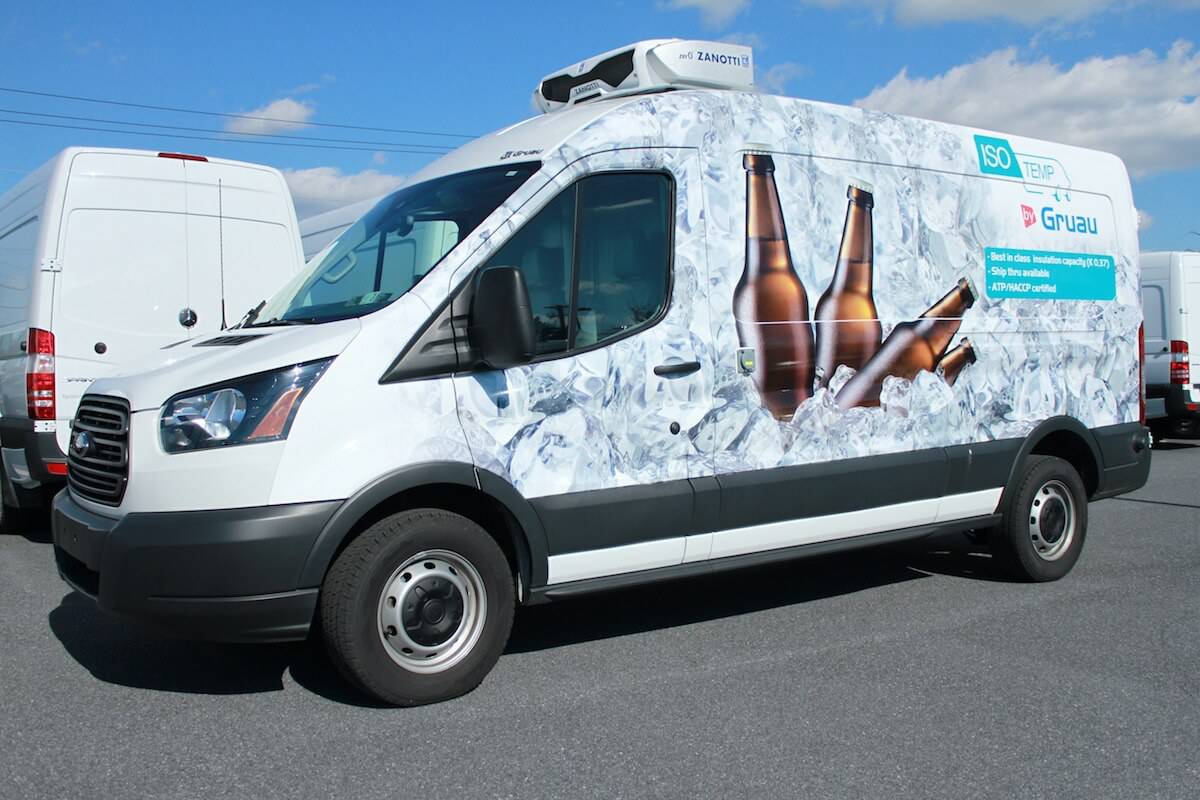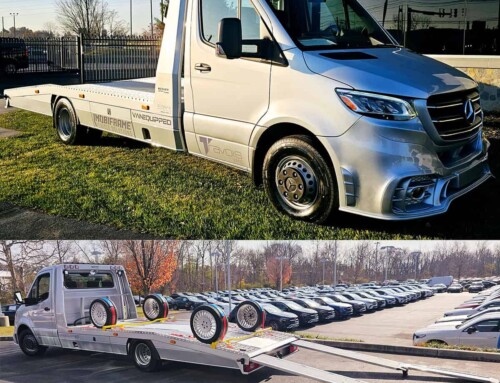Refrigerated vans are a necessity for many business owners.
Experts estimate that the refrigerated transportation market will grow by 12.44% by 2019, and there’s no question as to why. Refrigeration is a necessity in food and other industries.
If you’re on the market for one of these vehicles, there are a few things you should keep in mind. Ahead, we’ll take a look at three of the essential elements in refrigerated transportation.
Electric Standby
An electric standby is one of the must-have accessories for any refrigerated van. Without an electric standby, your van is the only source of energy that can cool your food.
You’ll typically need a plug-in electric standby to meet the ATP standards, which govern whether or not your vehicle can safely transport perishable items.
These standbys allow you to plug-in your vehicle and keep it cool for longer periods of time. If you need to keep your food in the van overnight, or if you need to pre-cool your van before loading, an electric standby is a must.
You can have one of these installed after your van’s conversion, but it’s far easier to get one when you initially purchase or convert the van. If you’re buying a new refrigerated van and it doesn’t have an electric standby, keep searching until you find one that does.
Storage
If you’re buying a van that they seller has already converted, make sure there’s a place to store all of your cargo. Shelves are a good option, but some sellers will have shelves that won’t hold too much weight and are susceptible to breaking after a few bumps.
If the van doesn’t have any storage option, you could always install shelves after you buy it. If not, try to get some stacking trays and bungee cords. You can attach these trays to the wall of the van to prevent them from moving.
There’s no 1-to-1 replacement for quality shelving, but the trays can work if shelves are flimsy or nonexistent.
Insulation
The most important element in refrigerated vans is the insulation. If you buy a van that isn’t properly insulated, you won’t pass ATP standards and will have sub-optimal cooling.
Test the sustained temperature of your van before you buy. If the temperature fluctuates too much, move on to another option.
Buying a van that’s already converted might cost you a little bit more, but it will save you the time and hassle of converting an existing van. The last thing you’ll want to do is pay for costly renovations once you’re ready to get on the road.
Quality Refrigerated Vans
Apart from the internal cooling and storage effects we covered above; you’ll obviously want to take a look under the hood. If the van needs engine repairs, you could find yourself in a better situation converting an existing van.
In general, try to find a nice looking, well-performing van with proper insulation, good storage, and an electric standby. If your van checks all of these boxes, you’re good to go.
If you have any more questions about van renovations, take a look at our blog!








Leave A Comment